Performance Analysis
We’ve limited our testing of this card to 1080p and 1440p, as we know from the RTX 2060 Founders Edition review that 4K is a little beyond this card’s capabilities when taken as a whole, and that’s likely to get worse over time thanks to the 6GB frame buffer and 192-bit memory interface. Thankfully the card is excellent at both the tested resolutions; at 1080p you can safely pair it with a high-refresh rate monitor and enjoy gaming with very low input lag, while 1440p will result in some games averaging below 60fps but others still well above. Good news, then, for anyone currently rocking a 1080p panel but who is eyeing up a 1440p upgrade and maybe even wants to dabble in VR in the future.
At stock settings this card runs consistently at 1,920MHz, which is 60MHz below what Asus achieved with its larger cooler but comfortably above the ~1,860MHz seen from the Founders Edition. This saw it average a three percent lead on the FE card overall, and it only lost to Asus by less than one percent. Realistically, performance differences between these cards will not be felt outside of benchmarks.
Relative to the Nvidia cards above and below it, this card is over 60 percent faster than the GTX 1060 6GB, leaving a very clear gap that Nvidia is rumoured to be filling soon, and comes off favourably against the RTX 2070, too, with our reference-clocked RTX 2070 only managing to be 11 percent faster than this card.
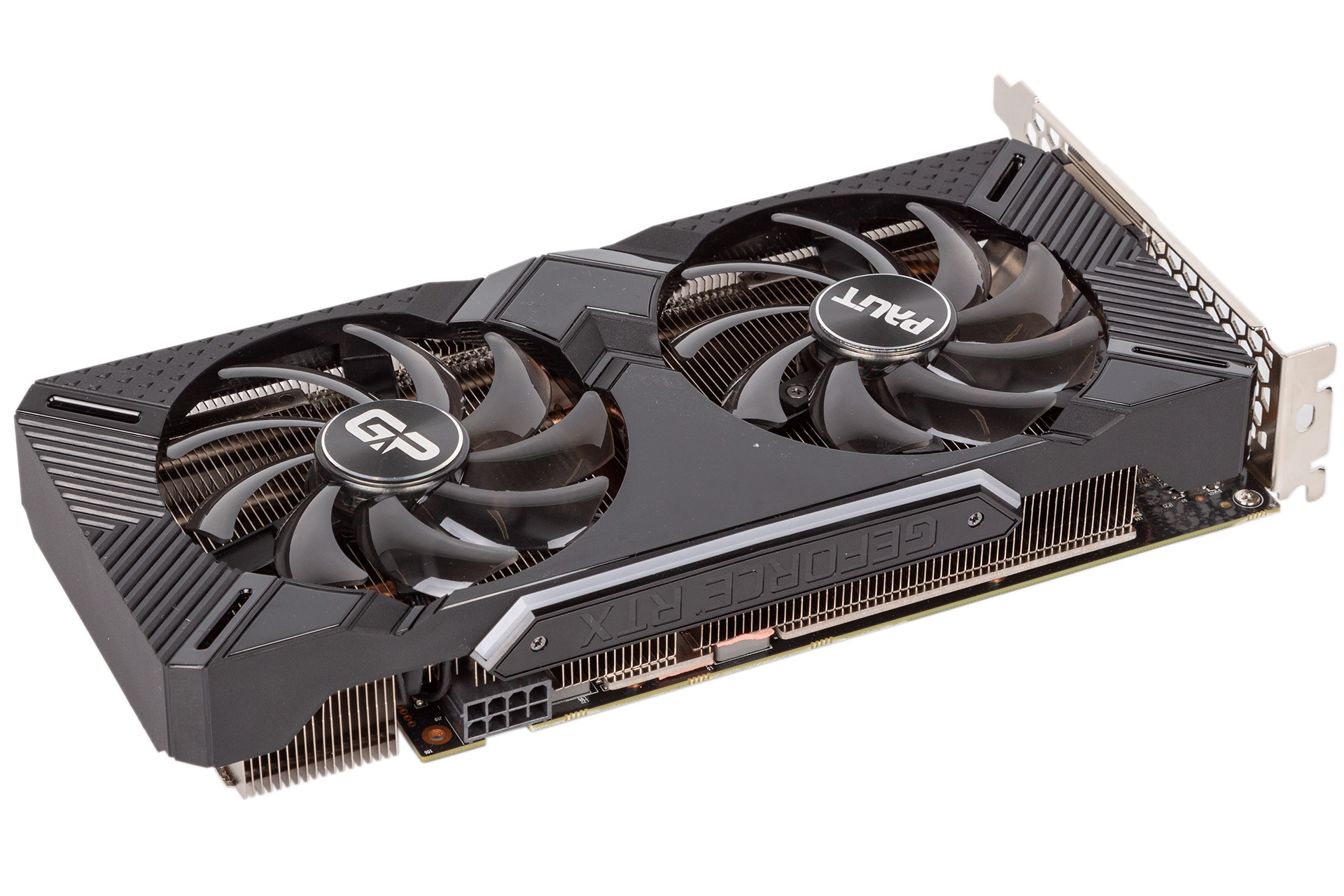
Finally there’s the question of AMD. This card is about 11 percent quicker than a Vega 56, which can now be found for as little as £300, and while Vega 64 is faster overall, the two parts do trade places depending on the game in question.
Our RTX 2060 FE is currently with our in-house modder for a video project, so we weren’t able to get updated power/temperature numbers from our new benchmark here, but we were able to run the Asus Strix card again. Power consumption is neck and neck between the two and thus just nips in below the Vega 56, while the Vega 64 is miles away from the efficiency seen on Nvidia’s GPUs. A 550W PSU will be more than enough to power this card and see both it and your mainstream CPU through an overclock.
In terms of temperatures Asus’ monster card unsurprisingly has an edge but only by 3°C, so Palit’s card does well for its size. That said, Palit does have to be a bit noisier as well, but the output from the two 90cm fans will be easily tolerable to all but the most sensitive of ears, as they emit little more than a quiet whoosh when under load where they hover around the 1,900 RPM mark. This drops to 1,000 RPM territory when idle, and although this is nearly silent we’d still prefer them to be semi-passive and switch off completely.
Our overclock took the boost clock up to 2,040MHz sustained (~6 percent increase), which is really great, and as mentioned the memory was raised by 14 percent. The fans only added an extra 200 RPM or so, and in terms of noise this barely registered as anything extra. Power consumption does go up by around 20W and temperature by 3°C, but overall it’s a relatively efficient overclock for achieving the performance gains of between five and nine percent that we saw - enough in the case of Wolfenstein II to match the performance of the stock-clocked RTX 2070 Dual also from Palit.
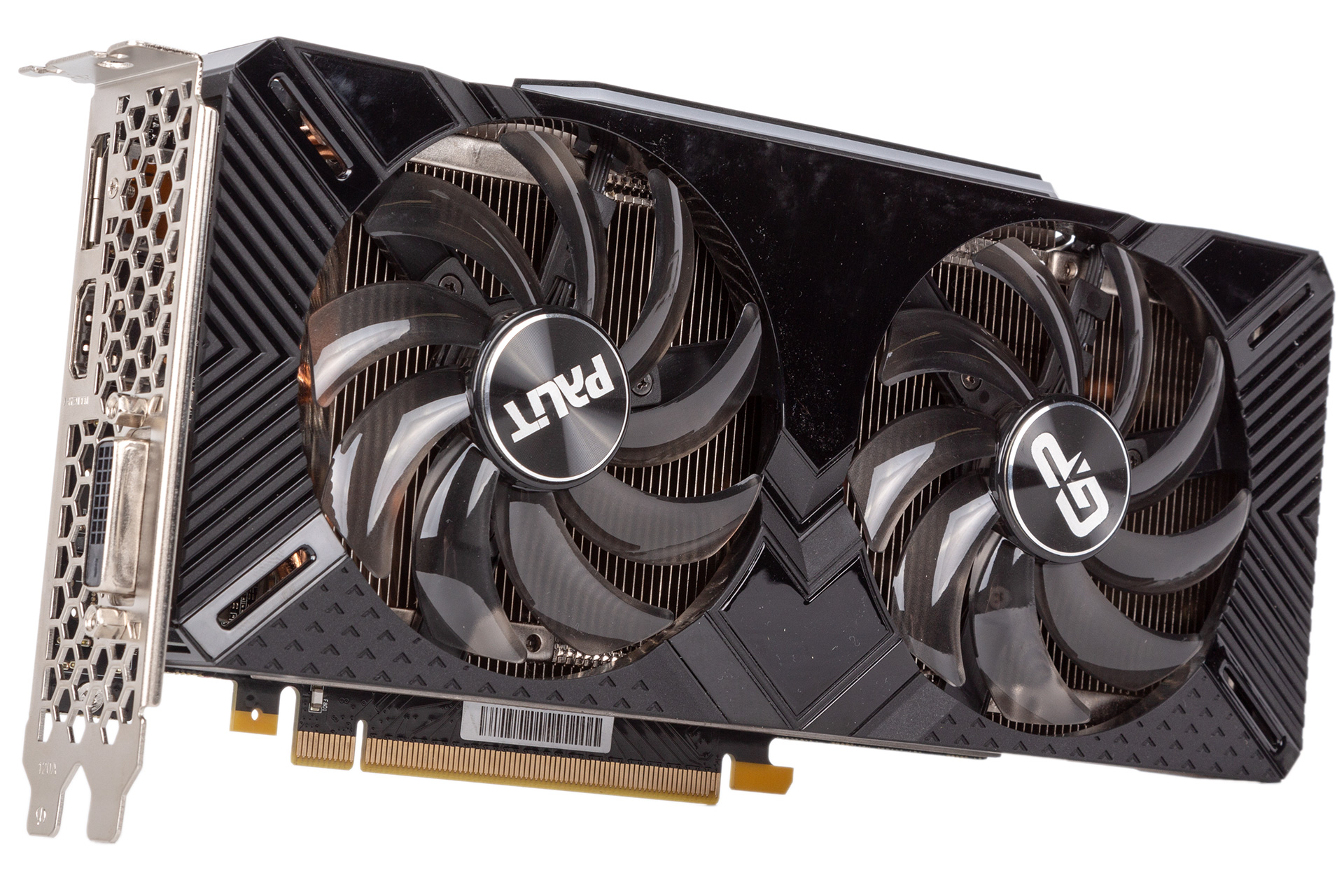
Conclusion
The Palit RTX 2060 GamingPro OC delivers Nvidia’s most wallet-friendly RTX hardware in a respectable package that gives you a slightly upgraded PCB and a decent core overclock compared to the Founders Edition card. The cooler isn’t as well built, but it is easier to disassemble for service and is still a very comprehensive cooling solution that delivers low temperatures without being too noisy.
Pricing relative to other Nvidia parts is particularly strong, and when you take into account the efficiency wins over Vega parts plus AMD’s now weakened position on FreeSync thank to Nvidia also supporting it, the overall picture for this 1440p powerhouse is really rather good, especially as our sample showed good promise in overclocking. Performance in traditional games is very good, and it’ll let you experiment with ray tracing and DLSS as well.
Aesthetics aren’t great, but they're not terrible either, and we reckon there are many gamers who can happily live without RGB lighting and a backplate for the sake of a decent price:performance ratio. Display outputs are also a little limited, and the fans don’t switch off when idle, but even so this is a compelling alternative to Nvidia’s Founders Edition at a fair price.


MSI MPG Velox 100R Chassis Review
October 14 2021 | 15:04

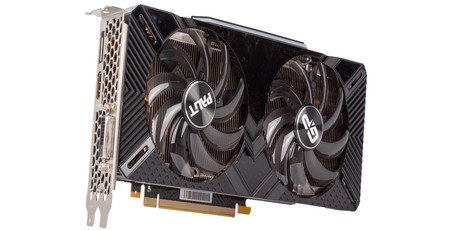
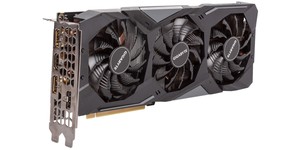
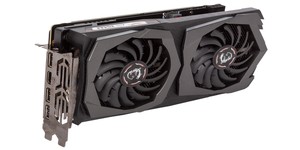
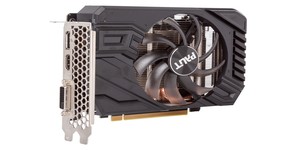




Want to comment? Please log in.